
For many children of a specific generation, the phrase “Look, up in the sky! It’s a bird! It’s a plane! It’s Superman!” brings back fond memories of watching reruns of the 1950s Superman TV show at their grandparents’ home. Throughout much of the 20th century, Superman was a well-known figure in households everywhere, but in recent years, he has faded from pop culture prominence due to the Marvel Cinematic Universe’s dominance over the superhero genre. However, this is all set to change with the 2025 release of Superman, a new cinematic take on the world’s first superhero. After a long absence, Superman is poised for a comeback, and if you’re interested in diving into the Superman comic books, we have plenty of resources to help you get started.
I have a deep affection for Superman compared to many others, and here’s why: Growing up, I used to watch Superman at my grandparents’, while at home I watched SuperFriends. I even rented VHS tapes of the Max Fleischer Superman shorts. Through the years, I’ve immersed myself in Superman comics. This superhero has played a significant role in my life, and I’m excited to pass on that knowledge to you. Diving into Superman’s comic book history is a richly rewarding journey, one that surpasses most people’s expectations. We’re about to dissect Superman for you, and by the end of this, you’ll be prepared to tackle some of the best Superman comics ever written.
Who Is Superman?
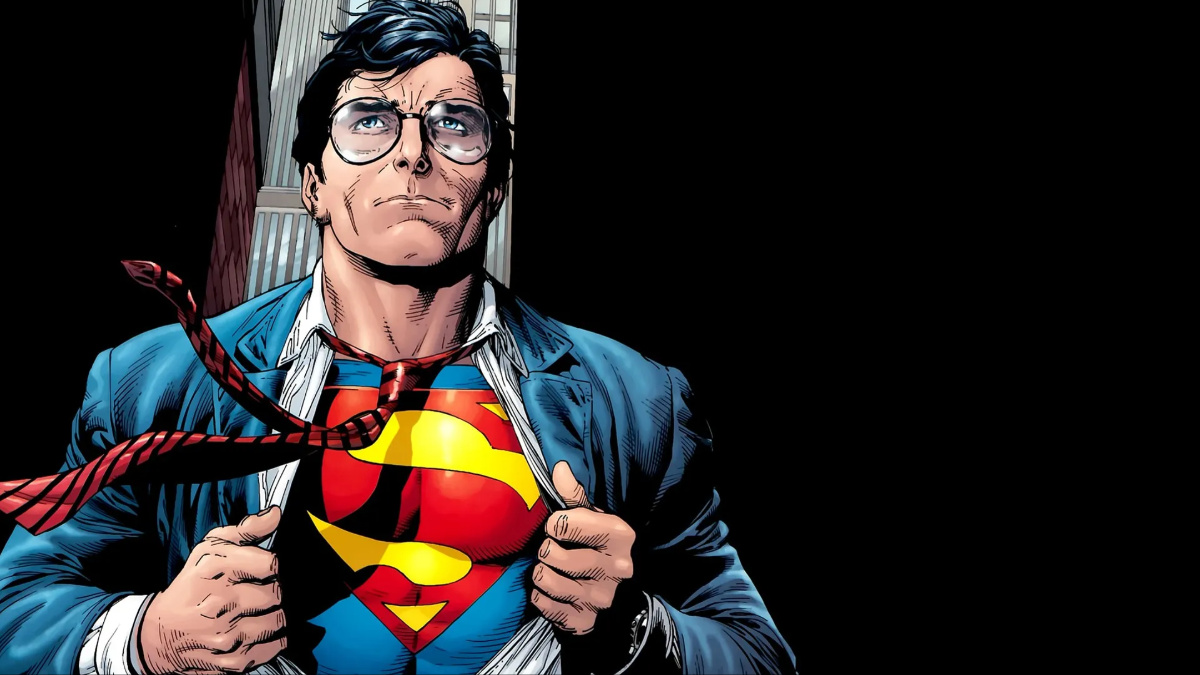
Let’s quickly run through the essentials about Superman to clear them up. Born as Kal-El on the planet Krypton, Superman was the son of Jor-El and Lara. Over time, Krypton has undergone numerous transformations, but we’ll delve into that later. Notably, science was so revered on Krypton that it became akin to a religion, and tragically, the planet was doomed. With the help of technology, Jor-El and Lara managed to launch young Kal-El in a rocket towards another world powered by the yellow sun, where he would gain his extraordinary abilities. The rocket survived Krypton’s destruction and was discovered by the childless couple Jon and Martha Kent. They adopted the boy, whom they named Clark, who then developed superpowers and learned to aid those weaker than him. As an adult, Clark moved to Metropolis, where he took a job as a reporter at The Daily Planet, befriended Jimmy Olsen, fell in love with Lois Lane, and became the Earth’s protector under the alias Superman. Now you’re up to speed on the basics!
It’s clear that there are some crucial aspects we haven’t touched on yet. I didn’t delve into his days as Superboy or his tenure with the Legion of Superheroes. Neither did I discuss Supergirl, Superman’s older cousin whom he discovered instead of a kind couple, nor Jor-El crafting the Phantom Zone projector or constructing the Fortress of Solitude. There’s also no mention of Lex Luthor in Smallville, or Lana and Pete Ross. These elements are significant parts of Superman’s history, but for now, let’s focus on understanding what makes Superman enduring and who he truly is.
Superman embodies the ideal qualities of humankind and serves as a reflection for us. Jerry Siegel and Joe Shuster designed him as a hero who champions the oppressed. Although not human himself, Superman deeply cares for humanity. A favorite quote of mine, penned by Mark Waid in the introduction to “All-Star Superman” Vol. 2, encapsulates this perfectly: “Gods gain their power by inspiring us to believe in them. Superman gains his power by believing in us.” The essence of Superman lies in his unwavering faith in humanity. In essence, Superman is like a god, but he yearns not for adoration. Instead, he strives to inspire humankind to reach its full potential, and the best way to do that is by shielding them and providing an exemplary model of greatness. This is the heart of Superman’s character.
In essence, Superman may not exist in reality, but he is very real within the realm of fiction, particularly in the viewpoint of Grant Morrison and others like him. Comics serve as a gateway into these vibrant universes we’ve crafted together. Superman, as we commonly know him, doesn’t possess thoughts or feelings of his own, yet he represents the epitome of human goodness and idealism. This iconic character is essentially a collaborative creation born from the collective imagination of writers, artists, inkers, colorists, letterers, and editors. Over nearly a century, these creators have employed Superman as a lens through which to explore the world around us, to highlight humanity’s hope, and to express it in their stories. That is who Superman is for us.
The essence of Superman lies in selflessness and heroism. Superman embodies individuals who prioritize others over themselves, such as people who brave danger to save lives, journalists uncovering truths, compassionate police officers, dedicated politicians, and caring business owners. In other words, Superman represents the extraordinary within ordinary people, standing up for justice, helping those in need, and making a positive difference in the world. This fundamental understanding of Superman simplifies our grasp of his other traits, even though truly embodying him can sometimes be challenging.
The Many Eras of Superman Comics
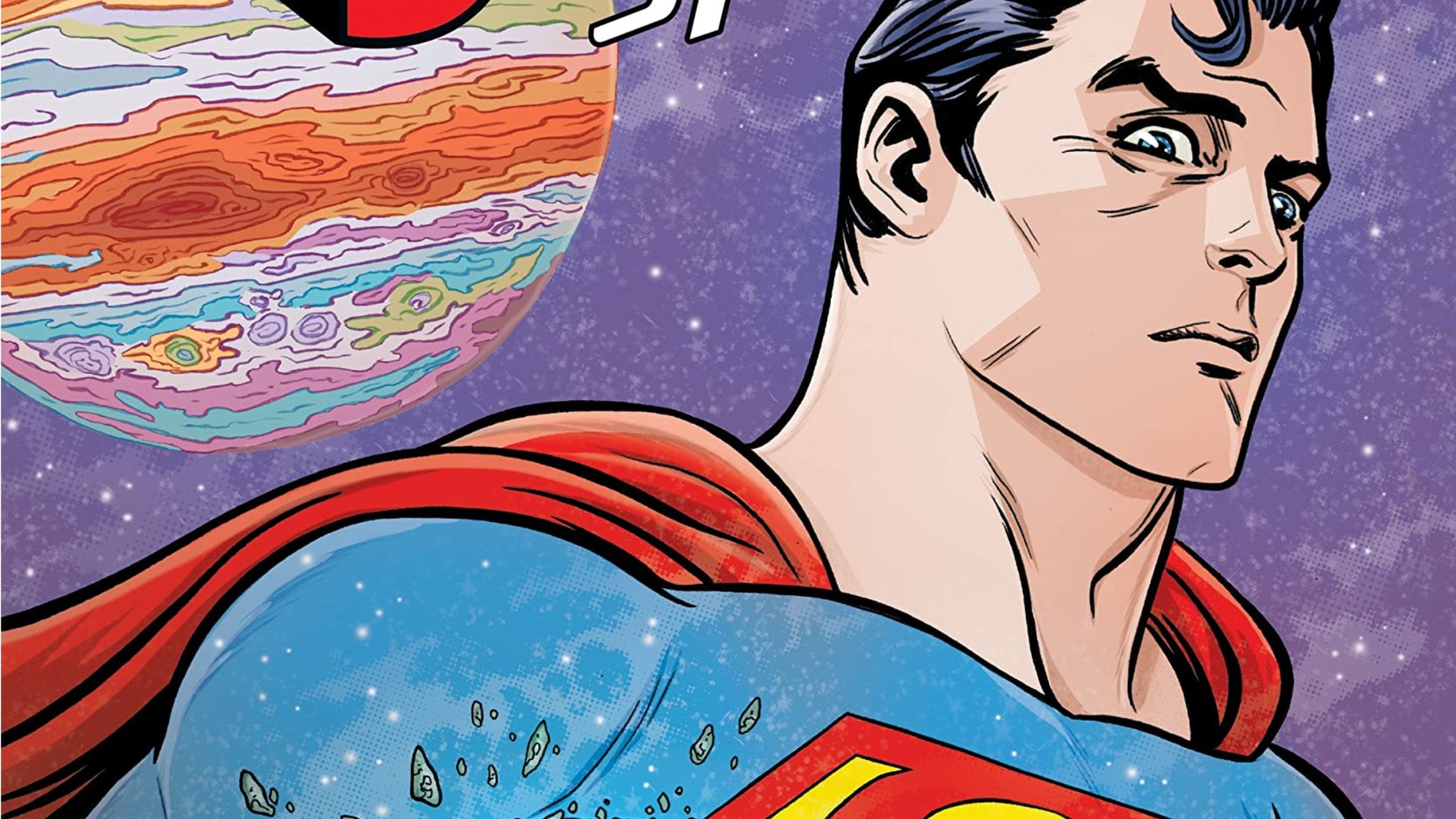
As an ardent enthusiast of superheroes, I must confess that while superheroes have captivated hearts for 87 years now, comics themselves often seem to be a barrier rather than a gateway due to their complexity. However, understanding the history of these comic books is essential in appreciating the evolution of iconic characters like Superman.
I’ll soon delve into terms unfamiliar to novice comic readers, but bear with me as I explain: The Golden Age of comics began with Action Comics #1 in 1938 and lasted until 1956. The Silver Age followed, starting with Showcase #4 in 1956 and continuing till about 1971. Subsequently came the Bronze Age, which I believe ended in 1991 with the debut of X-Men (Vol. 2) #1. Lastly, there’s the Modern Age, spanning from 1991 until today.
While there are differing opinions, I consider the Bronze Age to have concluded in 1991. As for what comes after it, that remains a topic yet to be discussed among fans and scholars alike. Lastly, DC’s history can be divided into pre-Crisis and post-Crisis periods: Pre-Crisis covers everything from 1938 to 1985, while post-Crisis spans from 1986 onwards. Crisis on Infinite Earths marked a significant reboot of the DC Multiverse, resulting in a new era for these beloved characters.
Now that we’ve set the stage, let’s dive deeper into the captivating world of superheroes!
The Golden Age

From my perspective as a movie critic, Superman stands out as the pioneer of the superhero genre. Jerry Siegel and Joe Shuster masterfully merged elements from pulp detective comics and science fiction to create this iconic figure. The original concept of Superman was actually that of a bald villain with telepathy, but the harsh realities of the Great Depression prompted them to transform him into a beacon of hope and moral integrity during a time when these qualities were scarce.
The Superman of the Golden Age is markedly different from his modern counterpart. He was less powerful and exhibited a slightly more aggressive demeanor (though not as violent as the Golden Age Batman). This version of Superman tackled corruption among politicians and police, intervened in domestic violence cases, and would have been an ideal hero for the tumultuous era of the Great Depression.
As World War II approached, Superman’s role evolved dramatically, becoming the epitome of American heroism as he joined forces with Batman, Wonder Woman, and other heroes to combat the Axis powers and safeguard the homefront. The concept of Superboy was also introduced during this period, offering younger readers a more relatable version of the Man of Steel. In those days, his Fortress of Solitude was called the Secret Sanctuary.
Reading these early Superman stories can provide an intriguing insight into the character’s evolution over time. However, I would recommend approaching them after you’ve read a good amount of other comics first. Golden Age comics offer a much simpler reading experience and are quite distinct from their modern counterparts. Nevertheless, delving into these early tales can be incredibly rewarding as it allows us to witness the transformations undergone by Superman during this period.
DC has reprinted many of these classic stories, and I’d suggest starting with Superman: The Golden Age Omnibus Vol. 1, which compiles the original Superman stories. Once you’ve worked your way through some other recommendations on this list, give it a try!
The Silver Age

The Silver Age, particularly in relation to Superman comics, is renowned for its extraordinary storylines. This era was characterized by extravagant science fiction and surreal artwork. It was during this period that we discovered Superman’s past with the Legion of Superheroes as Superboy, were introduced to characters like Supergirl, Brainiac, Bizarro, Mister Mxyzptlk, among others. The Silver Age also marked Lex Luthor’s rise, solidifying his position as Superman’s most formidable adversary from the Golden Age.
The Silver Age was a wild and unpredictable time. While the specifics may not be easily explained due to the lack of continuity back then, there were certain themes that emerged. The covers often featured bizarre imagery intended to catch readers’ attention. This era saw Superman displaying godlike powers, capable of moving planets, traveling faster than the speed of light, and traversing time. Krypton became more significant in Superman’s narrative as he frequently traveled to this planet.
During this period, Superman became more embracing of his Kryptonian origins, using his costume as a symbol of his alien nature. Clark Kent served as a disguise for him to experience humanity. The works of Otto Binder, who joined DC Comics after the acquisition of Captain Marvel/Shazam from Fawcett Publishing, are considered the best of the Silver Age Superman. Binder’s stories showcase the epitome of hallucinatory Superman science fiction.
I would recommend “Superman: The Silver Age” Vol. 1 by Otto Binder as a starting point to explore this era. This collection features artwork from three of the best Superman artists of the Silver Age — Wayne Boring, Curt Swan, and Al Plastino. Among these artists, Swan’s portrayal of Superman is my personal favorite, capturing both the power and friendliness of the character. Works by Binder and Swan are highly recommended for a true Silver Age experience.
The Bronze Age
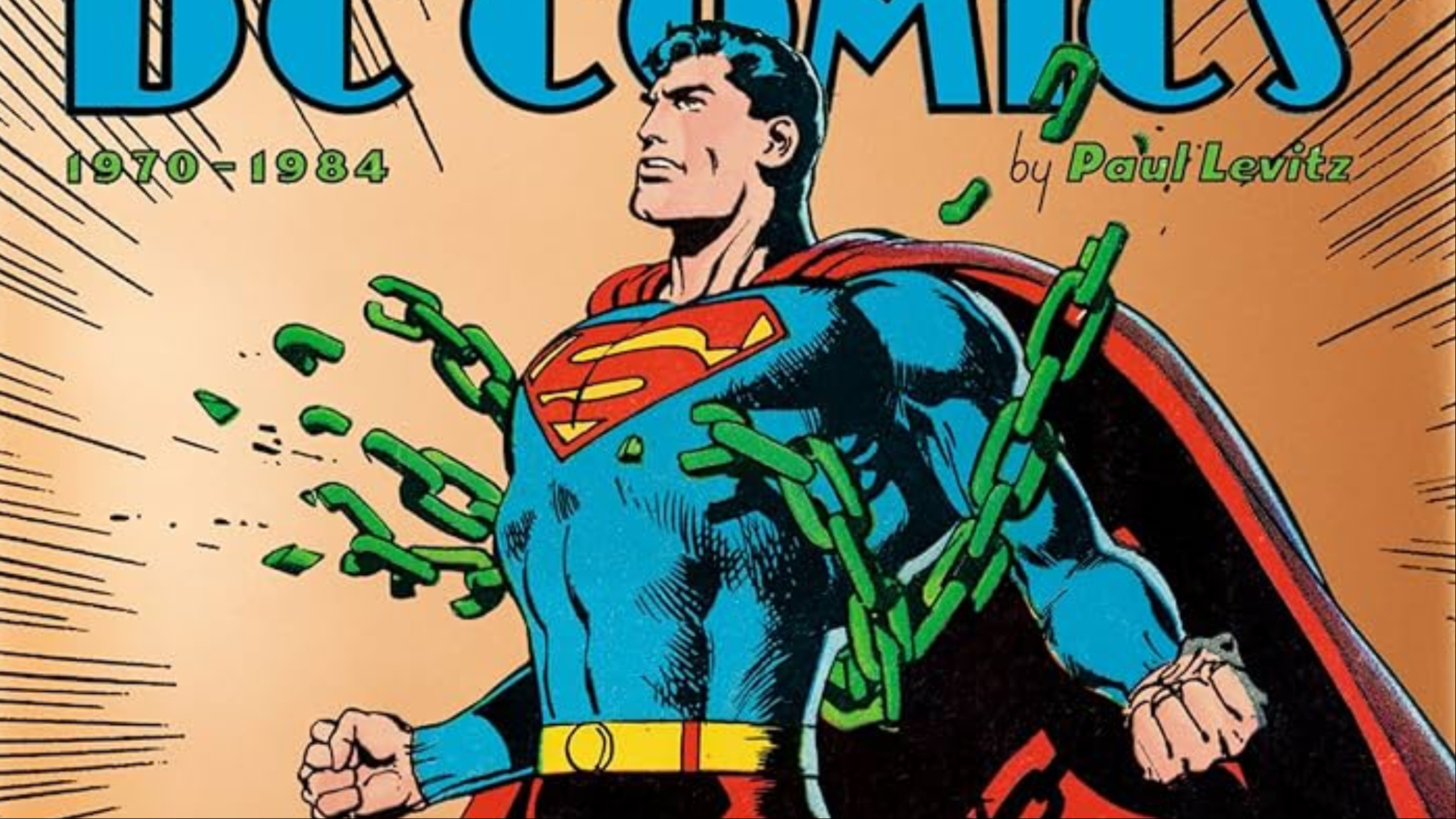
I’ll admit straight up that my knowledge about DC Comics during the Bronze Age, which spans from the late 1960s to the early 1980s, is quite limited. However, I do have a fair understanding of the era when DC started exploring the concept of the multiverse and focusing more on multiple Earths. Despite my general lack of knowledge about this period, I can certainly tell you some things about Bronze Age Superman, specifically the Earth-Two Superman who was reintroduced in 1969’s Justice League of America #73.
During the Bronze Age, Earth-Two Superman gained more prominence in All-Star Comics, a book that showcased the adventures of the Justice Society from Earth-Two. In this series, Superman played a significant role and readers were introduced to Earth-Two’s Supergirl, known as Power Girl. I highly suggest reading All-Star Comics of this era if you’re interested in Earth-Two Superman. Unfortunately, DC has never released a Bronze Age omnibus, making it somewhat challenging to delve into this period.
However, there are two notable Bronze Age comics written by Alan Moore that I would strongly recommend: Superman Annual #11 and Superman #423/Action Comics #583. The first one, titled “For the Man Who Has Everything,” is a story set on Superman’s birthday, where he is ensnared by the Black Mercy plant, which grants its victim their heart’s desire while killing them. This leads to a battle with Mongul and features some intense Superman action. The second story, “Whatever Happened to the Man of Tomorrow?”, was published as Superman #423 and Action Comics #583 and served as the final story for the pre-Crisis Superman, wrapping up a beloved character who had become one of the most popular ever. It’s an incredible read and serves as a fitting farewell to Superman.
The Modern Age
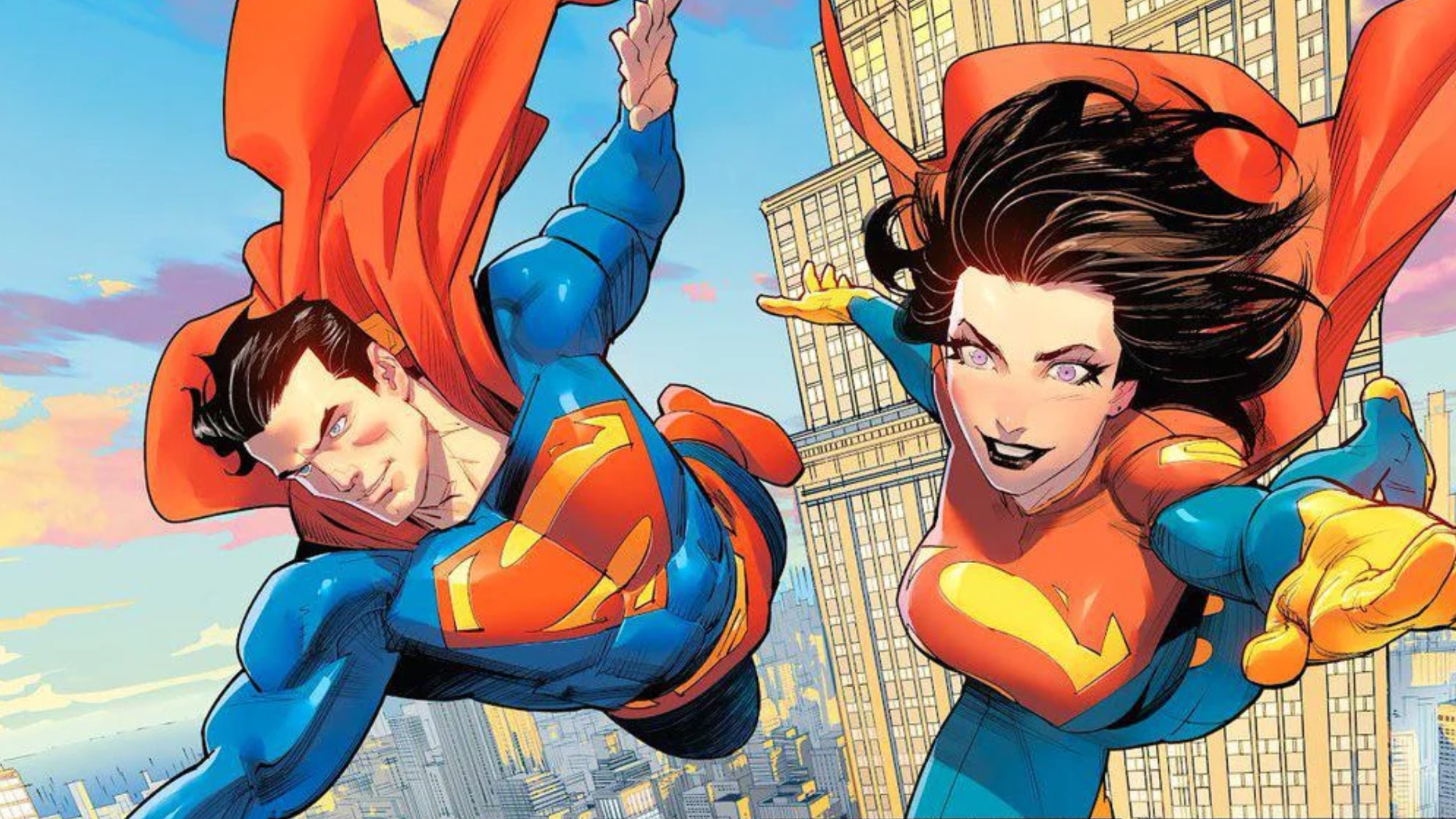
Discussing the Modern Age of Superman can be quite complex due to the constant evolutions in DC Comics continuity. The event known as “Crisis on Infinite Earths” brought about significant changes, particularly for Superman. His Kryptonian heritage was de-emphasized, making him more of an All-American Superhero. However, since then, there have been numerous shifts, bringing Superman closer to his Silver and Bronze Age personas than ever before. I’ll try not to delve too deeply into these changes. John Byrne’s “Man of Steel” #1 – 6 offers the post-“Crisis” basics of Superman, but I wouldn’t advise any new reader to start with his versions of Superman as they lack the character’s intriguing aspects and instead favor a conventional approach that doesn’t suit Superman well.
Instead, I recommend starting with stories that only require basic knowledge of Superman. “Death of Superman” is essential reading, and DC has compiled it in the “Superman: The Death and Return of Superman” Omnibus. There’s also “Superman For All Seasons,” a timeless tale about Superman and his friends. “Kingdom Come” is set in an alternate future where Superman’s retirement leads to calamity. “Action Comics” #775, “What’s So Funny About Truth, Justice, & the American Way,” explores why Superman remains relevant in today’s world.
Geoff Johns wrote some remarkable stories for “Action Comics” in the late ’00s, including “Last Son,” “Brainiac,” and “Superman and the Legion of Superheroes.” Kurt Busiek’s “Camelot Falls” is also a must-read from this era. Lastly, there’s “All-Star Superman,” a story widely regarded as the best Superman tale ever.
These are the stories you should read first before moving on to the latest Superman comics.
Since 2022, both Superman and Action Comics have been delivering captivating tales. Superman explores the dynamic between Superman and Lois Lane, who now possesses Kryptonian abilities, while Action Comics is immersed in the “Superman Superstars” publishing project, offering short, top-tier Superman stories penned by renowned authors. In continuity, Superman is centered around events unfolding in Metropolis. Lex Luthor’s memory seems to be returning post-“House of Brainiac”, while Doomsday has resurfaced as the Time Trapper, attempting to manipulate Superman into killing him to gain godly powers and thwart his own demise. Lois’s powers originated from General Zod, who is planning a return to Earth. For an easy read, Action Comics is recommended; however, Superman offers a more engaging experience as well. Soon, there will be a new flagship title for Superman called Superman Unlimited. Beyond the tie-in issues of “House of Brainiac”, Action Comics has been consistently delivering quality Superman stories since Action Comics #1061. While DC hasn’t compiled these stories yet, standout arcs include “I, Bizarro” from Action Comics #1061 – #1063, “Challenge from the Stars” from Action Comics #1067 – 1069, and “Phantoms” from Action Comics #1070 – 1081. Action Comics is ideal for newcomers, but Superman is equally rewarding.
Lastly, there’s also known as “Absolute Superman.” This version of Superman is part of DC Comics’ Absolute series, which rebooted the DC Universe on an Earth created by Darkseid. In this universe, Superman spent a significant portion of his childhood on Krypton before arriving on Earth. This Superman is deeply connected to humanity, often fighting against corrupt corporate entities for the betterment of mankind. The first six issues of “Absolute Superman” have been published, detailing the origins of this unique Superman, but most copies are now out of stock. DC Comics plans to release a collected edition soon, so keep an eye out for it in the coming months. It’s definitely worth checking out!
Superman Is the Best Superhero of Them All
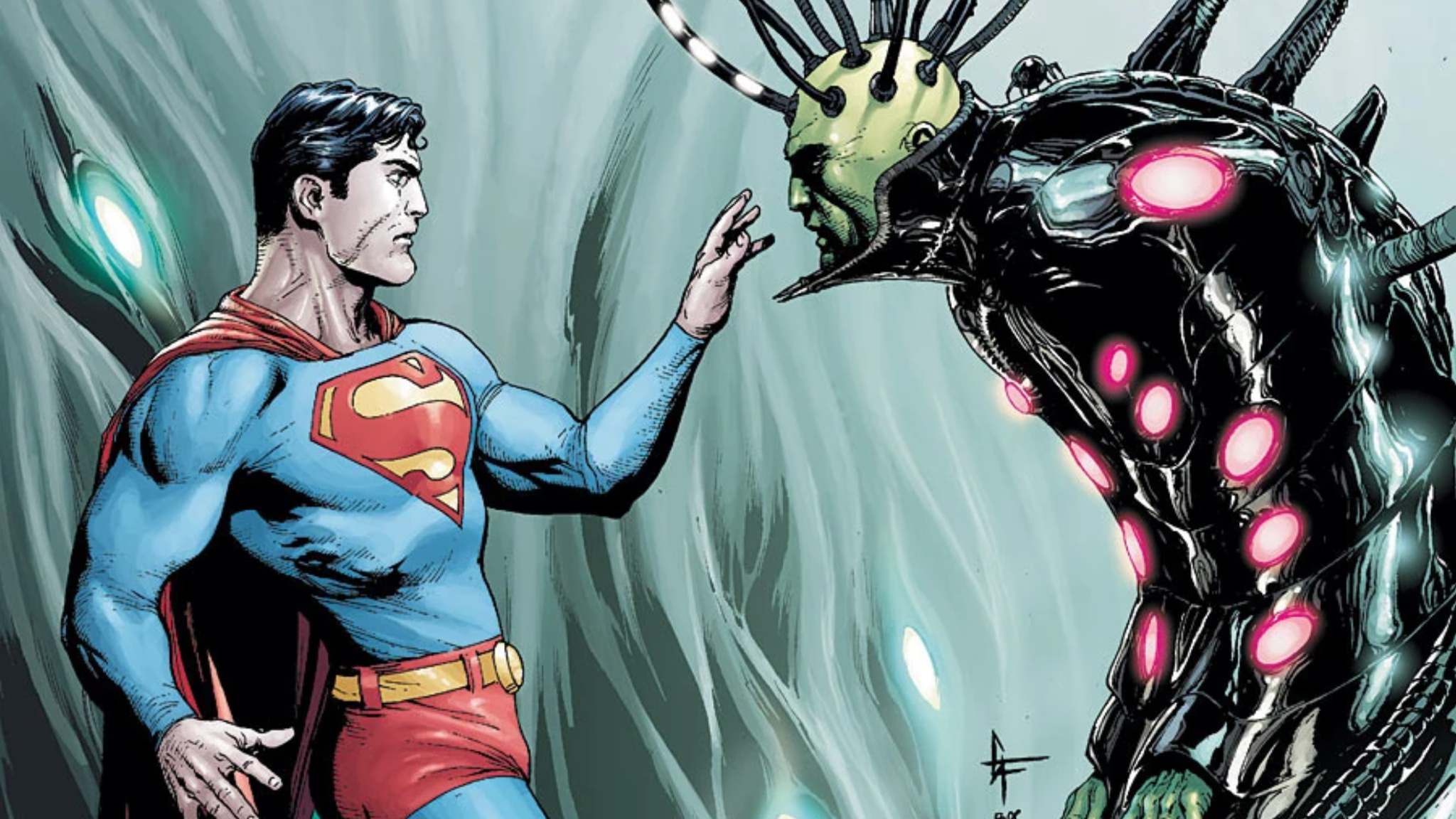
Superman originated the concept of superheroes, standing as the epitome of heroism among them. He serves as an inspiration for other heroes, embodying the ideal they all strive to achieve. While Superman may appear somewhat outdated at times, this adds to his endearing quality. At his core, Superman represents the most virtuous aspects of humanity. The essence of hope is deeply ingrained in Superman, making reading about him an enjoyable and enriching experience.
In many instances, our world may seem bereft of hope. Yet, it’s comforting to imagine an extraterrestrial advocate who strives to elevate humanity, and it’s reassuring to envision victory if we simply strive for our best selves. If you find such storylines captivating, Superman might be the character that resonates with you most. Diving into the world of Superman promises a fulfilling journey, one that transports you to realms of action and adventure unlike anything you’ve previously encountered.
Read More
- OM PREDICTION. OM cryptocurrency
- Jellyrolls Exits Disney’s Boardwalk: Another Icon Bites the Dust?
- Carmen Baldwin: My Parents? Just Folks in Z and Y
- Despite Strong Criticism, Days Gone PS5 Is Climbing Up the PS Store Pre-Order Charts
- Solo Leveling Season 3: What You NEED to Know!
- Jelly Roll’s 120-Lb. Weight Loss Leads to Unexpected Body Changes
- Beyond Paradise Season 3 Release Date Revealed – Fans Can’t Wait!
- Disney’s ‘Snow White’ Bombs at Box Office, Worse Than Expected
- Lisa Rinna’s RHOBH Return: What She Really Said About Coming Back
- The Perfect Couple season 2 is in the works at Netflix – but the cast will be different
2025-04-18 15:41